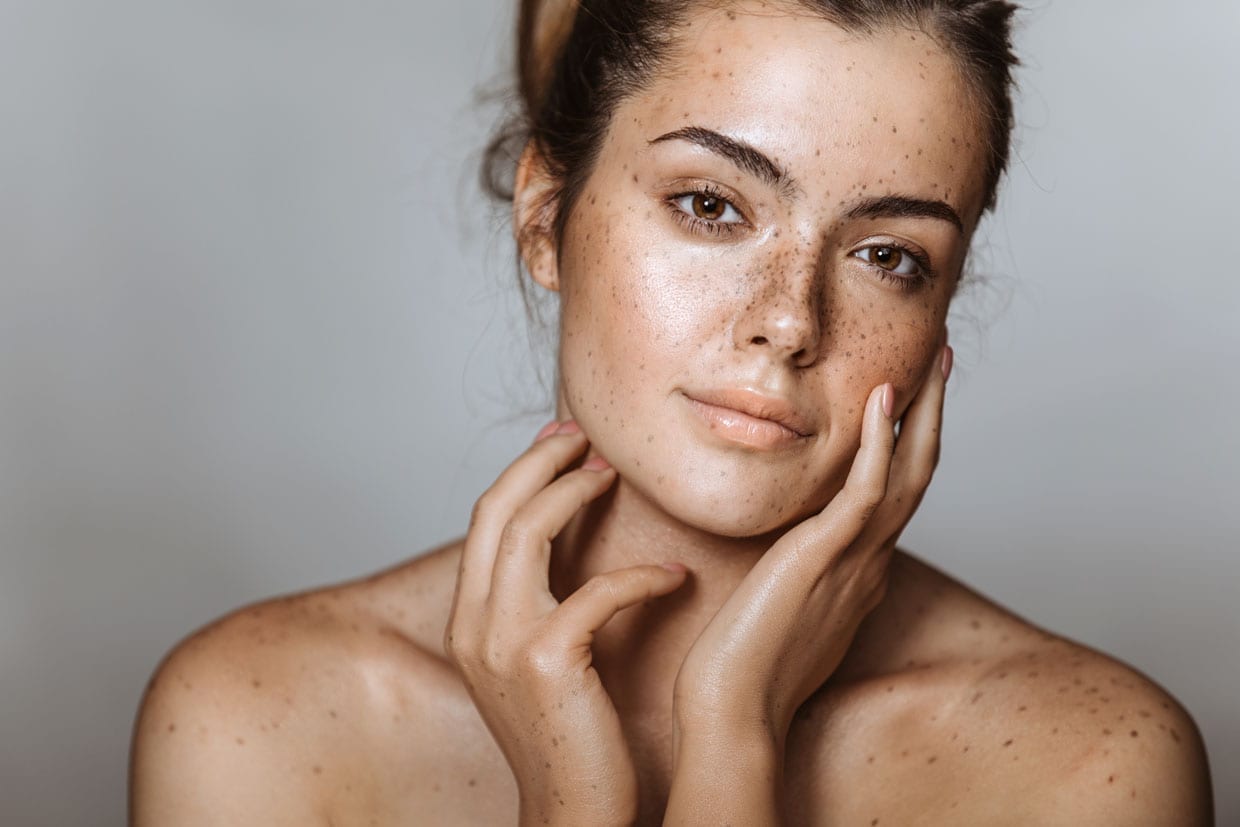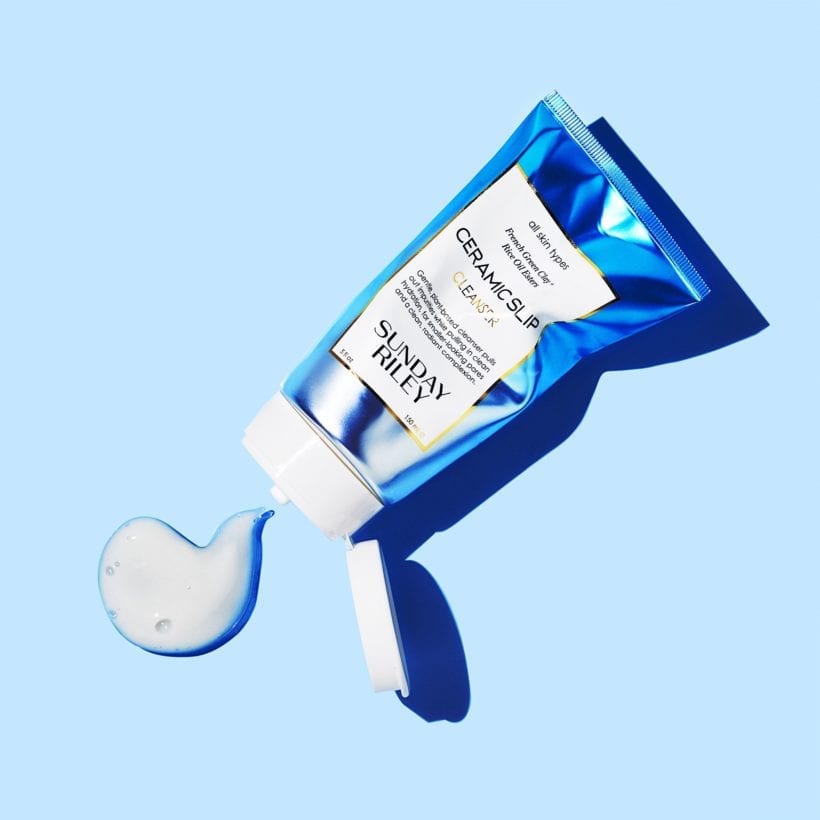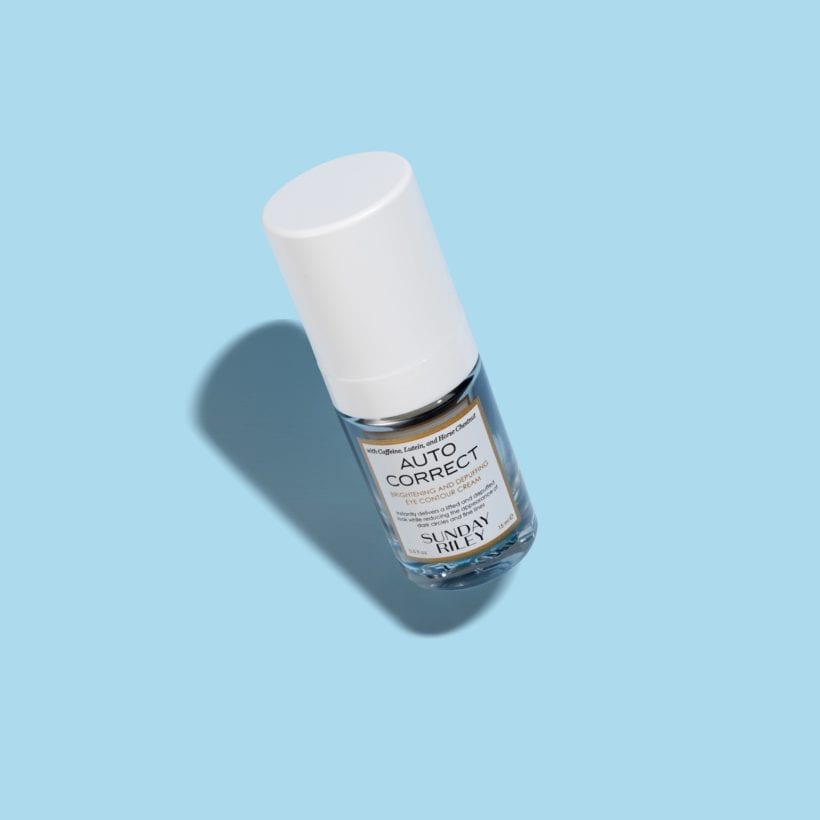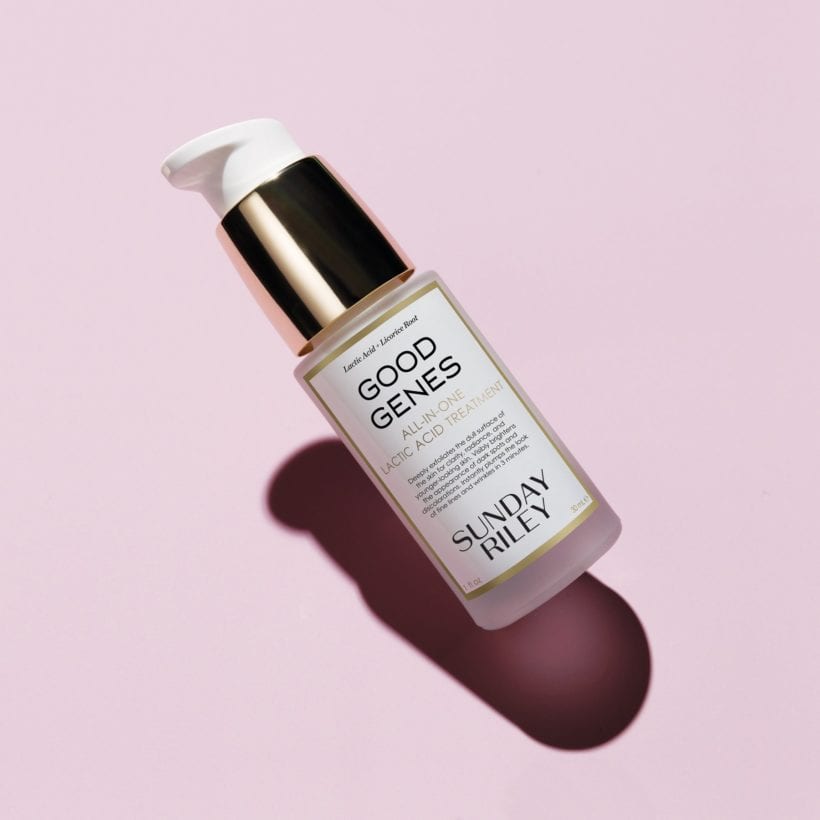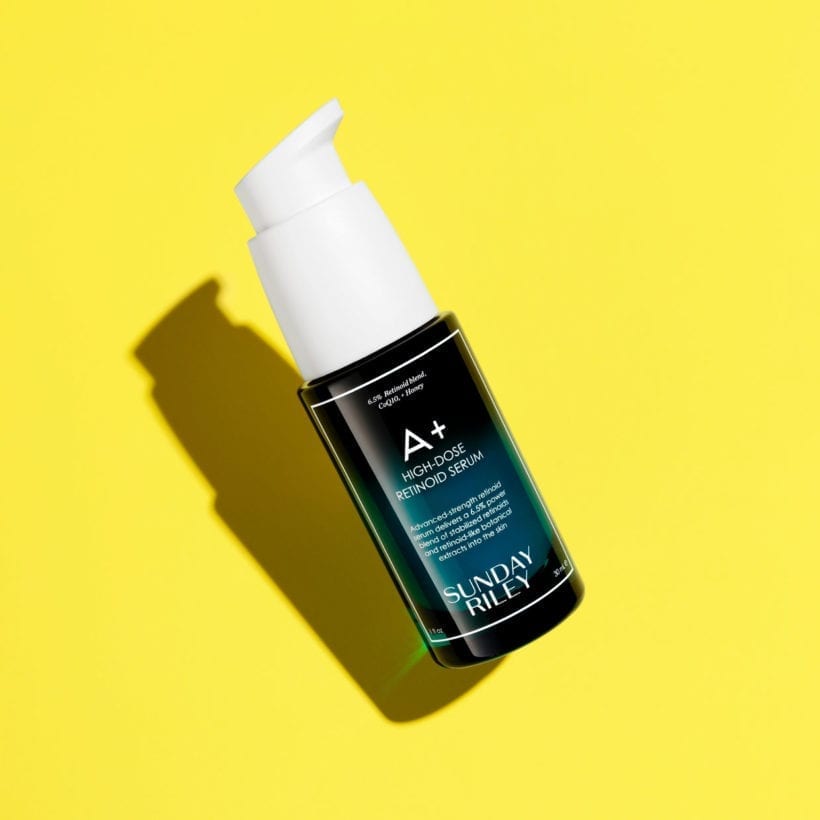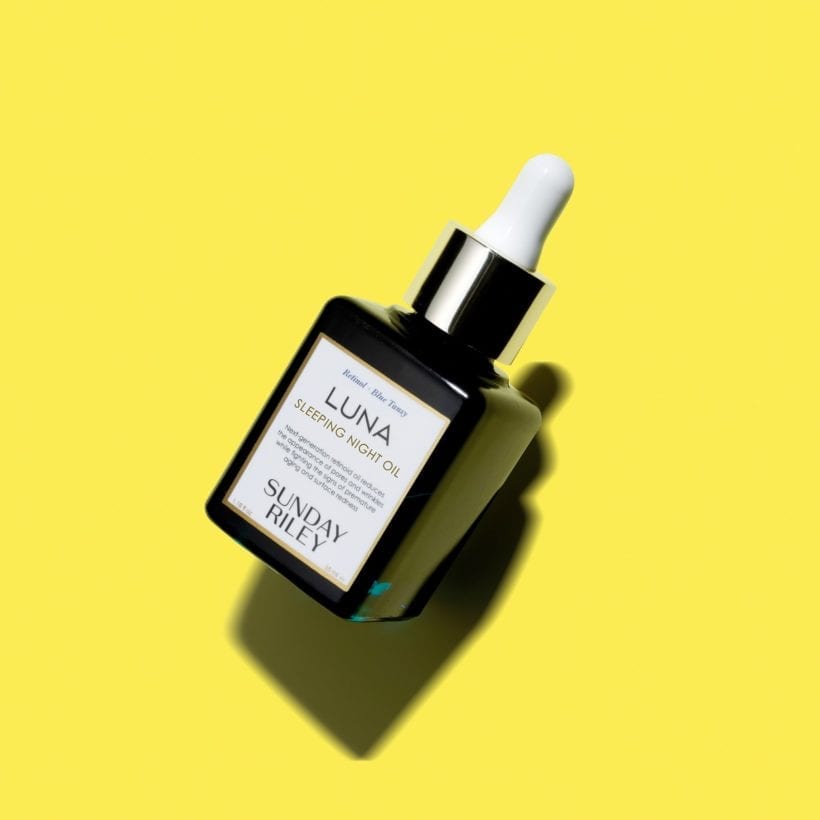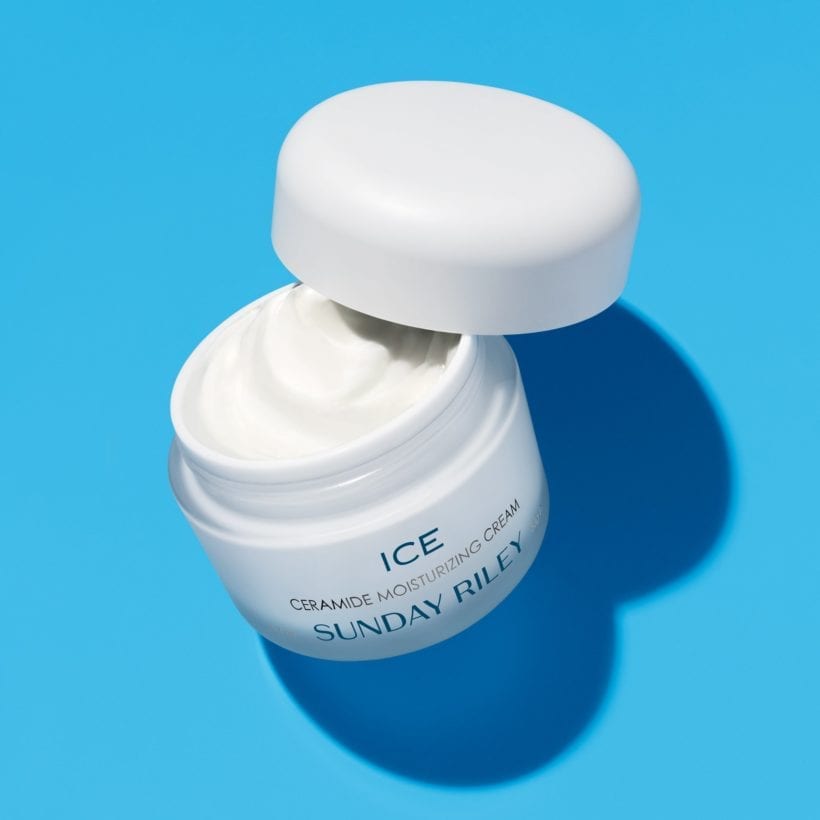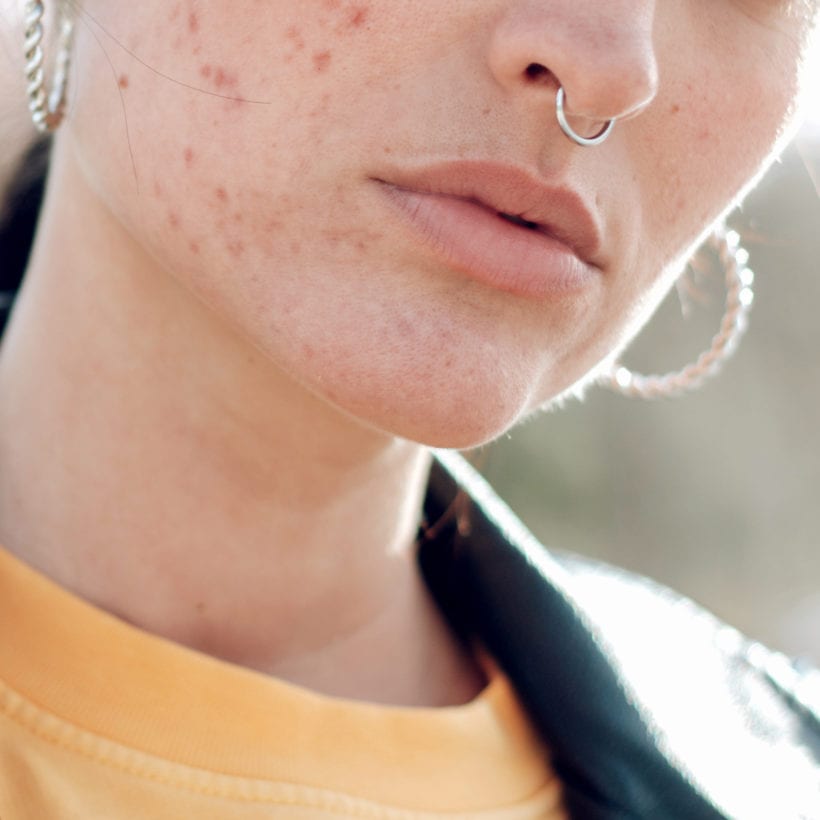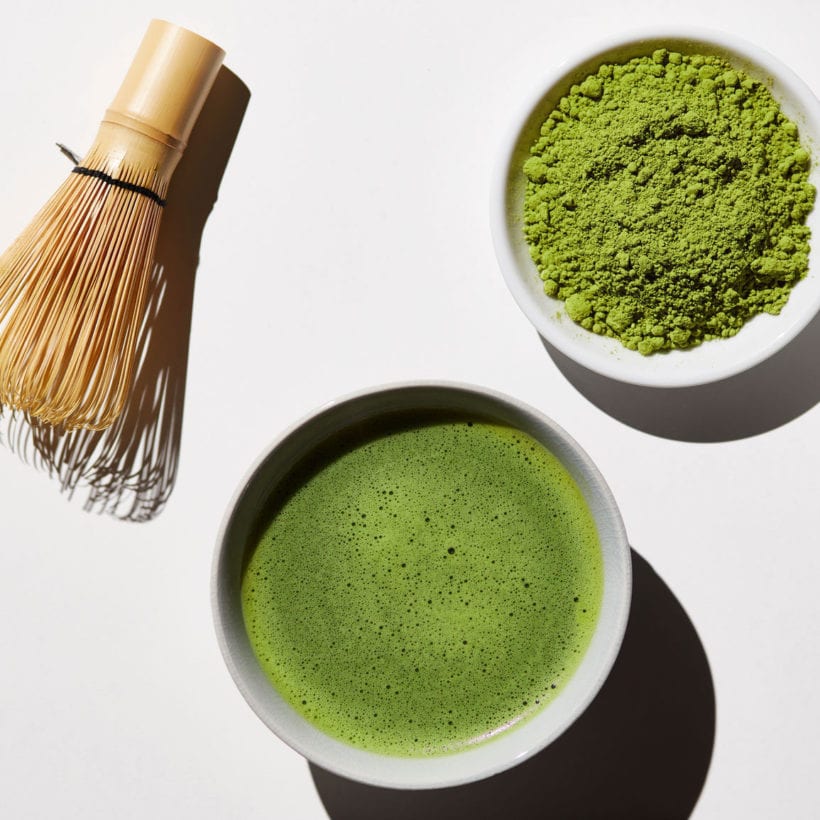Skin is the largest organ in the body. So, it goes without saying that we should take care of it — face included. A nighttime and morning skincare routine will give the skin the defense it needs when it comes to free radicals and aging. But in 2019, there are ten-step Korean routines, multi-masking, high-tech gadgets and out-there ingredients, which makes knowing what to put on your face, and how to apply it, a total minefield.
However, skincare does not need to be so complicated. When you strip it back and look at the science, there are a set of simple steps you can follow, and if you keep to them consistently, you will notice positive results. Committing to a skincare routine will not only ensure your skin looks clear, radiant and healthy now, but will help protect it for the future.
Daily skincare is broken down into three steps: cleansing, treatment and protection. The cleansing covers make-up removal and skin cleansing, the treatment uses active ingredients to target specific skin concerns and hydrate the skin, and protective steps to protect the skin from environmental damage. As a general rule, each morning and night you need to do all three.
In what order do you apply skincare?
Morning Skincare Routine
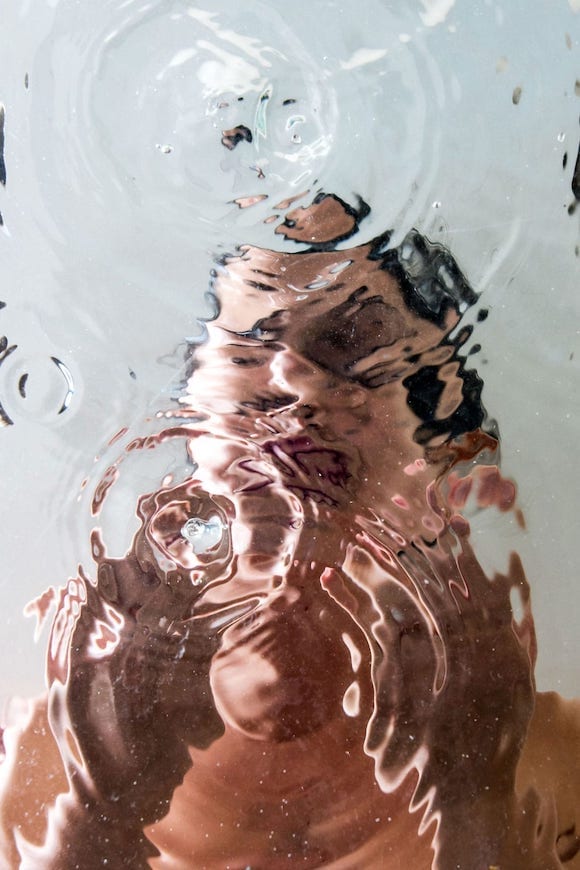
Cleanser
Cleansing is the cornerstone of a morning routine and aesthetic nurse and facialist Emma Coleman advocates religiously washing your face when you wake up. “Overnight a thin layer of sweat and sebum forms over your skin, which can lead to congestion and breakouts,” she says. Water alone will not break down the buildup, so a simple splash does not cut it.
Instead, invest in a gentle, yet deep cleansing cleanser that does not leave your skin feeling stripped post-cleanse. “Foaming cleansers can be extremely harsh and drying,” Coleman says.
Cleansers tend to fall into different categories — gel, cream, balm, foam, clay, oil to name a few — and it is best to choose formulation based on your skin type. Oily or combination skin should choose gel or cream cleansers that cleanse effectively without blocking pores while dry or mature skin is better suited to balms or oils that offer more hydration and nourishment.
Antioxidant Serum
An antioxidant-rich serum is the next best step, and vitamin C is the expert go-to. Not only does it protect your skin from environmental damage, it also brightens the complexion, boosts collagen production, evens out skin tone and improves hydration levels.
“Use a serum containing a stable form of vitamin C. If not stored correctly, then Vitamin C will lose its efficacy almost instantly. Look for a formula which is a water-free, in a silicone-free suspension and housed in packaging that cannot be penetrated by sunlight,” Coleman advises.
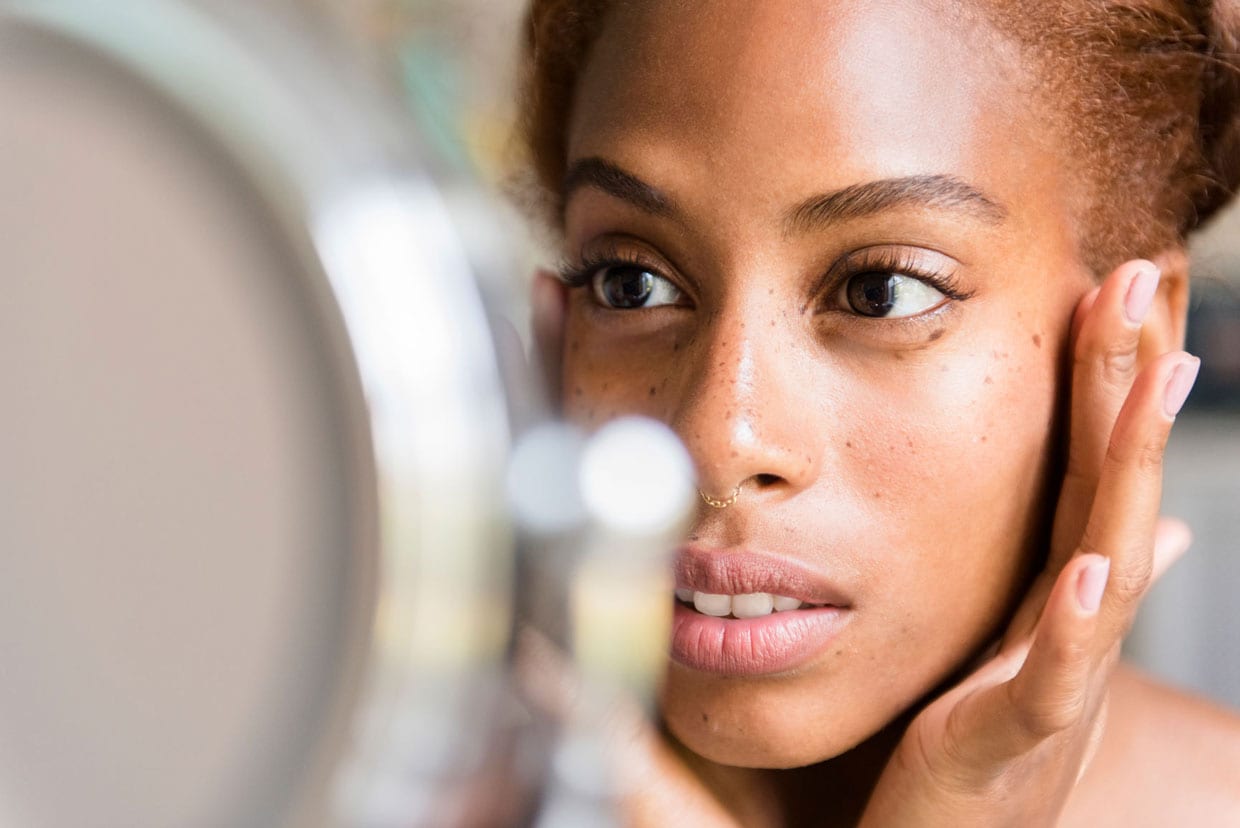
Hydration
Depending on your skin type and hydration levels, you may also wish to include a hydrating serum, oil or moisturizer prior to applying your SPF product.
If you suffer from dehydrated skin (lacking in water), look for products with hyaluronic acid, while if you suffer from dry skin (lacking in oil), look for products containing nourishing, yet fragrance-free oils such as jojoba, argan or avocado.
Eye Cream
For tackling eye issues — fine lines, puffiness or dark circles — it is worth committing to a targeted eye product. Look for products that contain the ingredient specific for your personal concern.
“Retinol will help with fine lines, antioxidants such as vitamin C will help reduce and prevent sun damage, peptides and hyaluronic acid plump, and ingredients such as vitamin K and kojic acid can help with dark circles,” says aesthetic doctor Ross Perry.
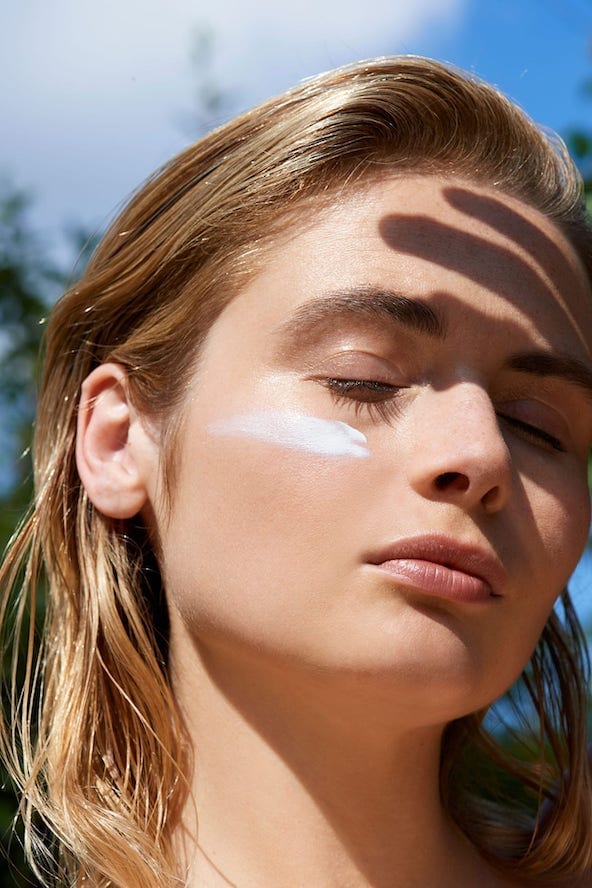
UV Protection
UV protection is non-negotiable. Think of it like brushing your teeth (or your morning espresso) and choose one that offers both full spectrum UVA and UVB protection. “Even if you don’t live in a sunny climate, the sun’s harmful ultraviolet rays that lead to damage and skin cancer are always present,” Coleman says.
“On overcast days, exposure to UVB rays is blocked, but UVA rays still penetrate and are equally damaging to your skin. Exposure to these rays is [the] biggest contributing factor to fine lines and wrinkles, pigmentation spots and other signs of premature aging,” she adds.
Night Skincare Routine
Cleanser
Regardless of whether you have been wearing make-up, cleansing at night is crucial to both clean the skin and prep it sufficiently for your subsequent products. Coleman preaches the double cleanse method: “A make-up wipe simply isn’t effective in removing the build-up of makeup, sebum and general grime. Use a cream or balm cleanser to dissolve every last trace and follow with a second cleanse using flannel for gentle exfoliation.”
Chemical Exfoliant
Including an acid-based treatment can be highly beneficial for exfoliation, too. These fall into two categories: alpha-hydroxy acids (AHAs), such as glycolic acid or lactic acid, and beta-hydroxy acids (BHAs), such as salicylic acid.
“AHAs can benefit all skin types and exfoliate the surface layer by breaking down the ‘intercellular glue’ that holds our skin cells together. This will improve hydration, clear the complexion, reduce pore size and fade pigmentation,” Perry explains.
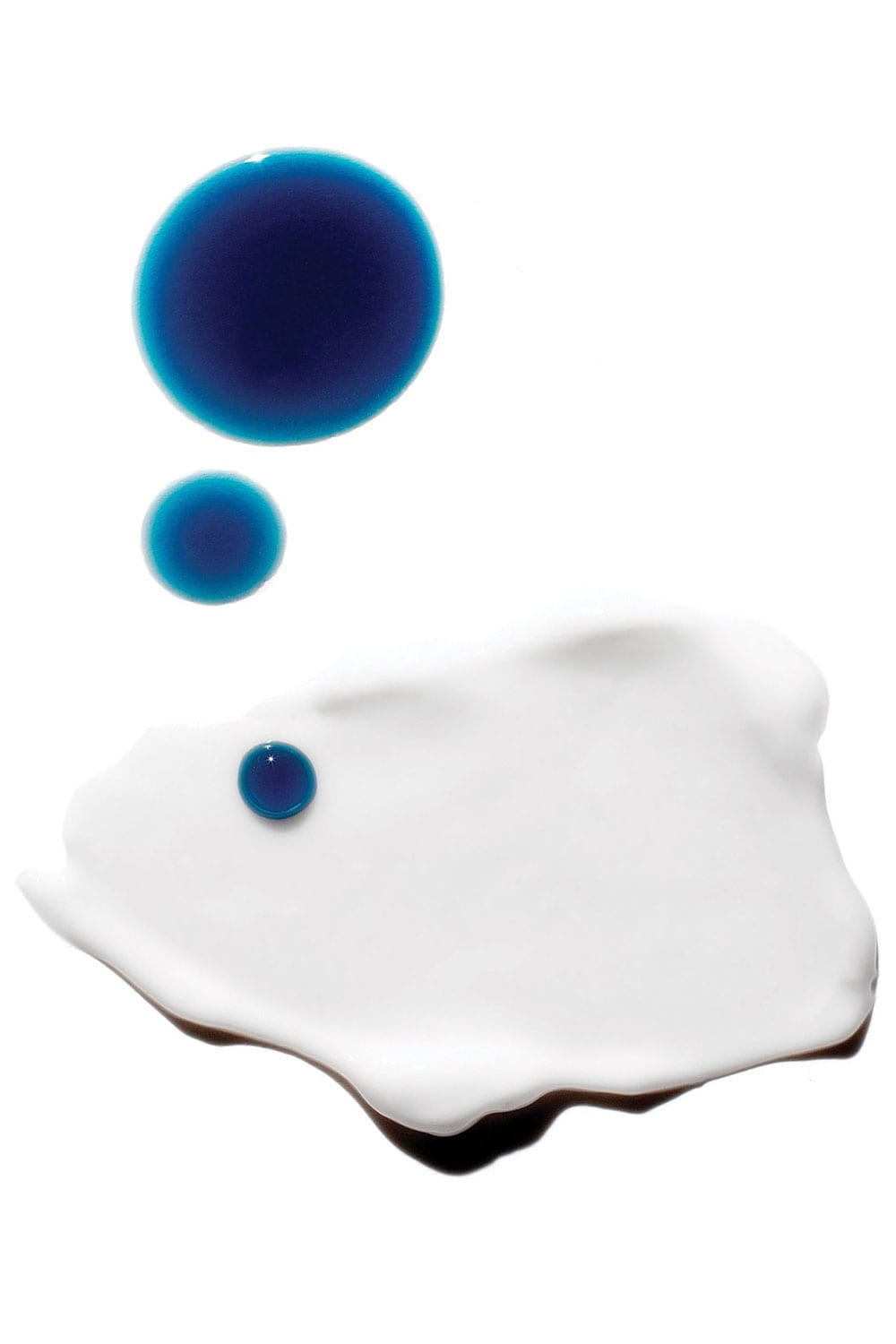
“BHAs are suited to oily or acne-prone skin and are ideal for treating blackheads and whiteheads. BHAs go deeper than AHAs and can cut through the oil that clogs pores and contributes to acne,” he added.
Retinol Product
Retinol, a form of vitamin A, is the anti-aging ingredient in your skincare arsenal. “Retinol accelerates skin renewal and collagen production to improve the appearance of fine lines and reduce the effects of sun damage,” Perry says.
It is not just for mature skin — Perry recommends beginning a retinol skin regimen as a preventative measure in your mid-to-late 20s. Plus, it is a brilliant ingredient for hormonal and acne-prone skin. “It removes dead skin cells and clears out pores, reducing congestion while brightening and fading unevenness and scarring,” he adds.
As retinol is a potent ingredient, introduce it slowly at first. “Start by using retinol only twice a week and build up to daily use,” Coleman says.
Depending on the strength of both your retinol product and chemical exfoliant, as well as your skin’s own tolerance levels, you may wish to use these products on alternate nights as opposed to layering on top of each other.
Hydration
Much like in the morning skincare routine, add a final layer of hydration over your active product.
